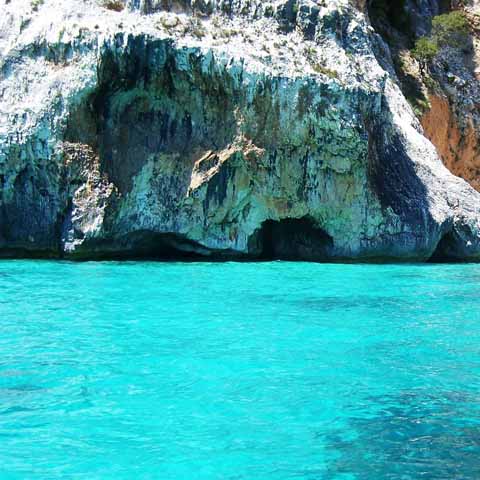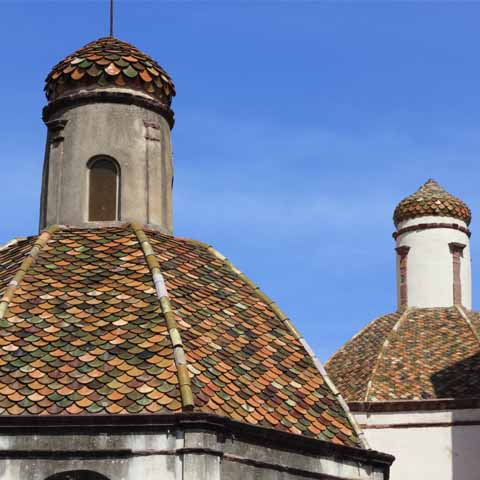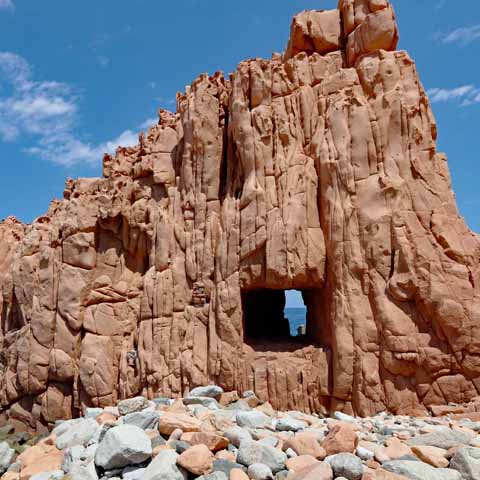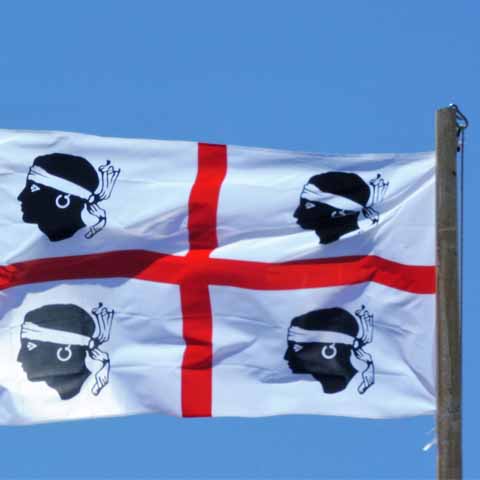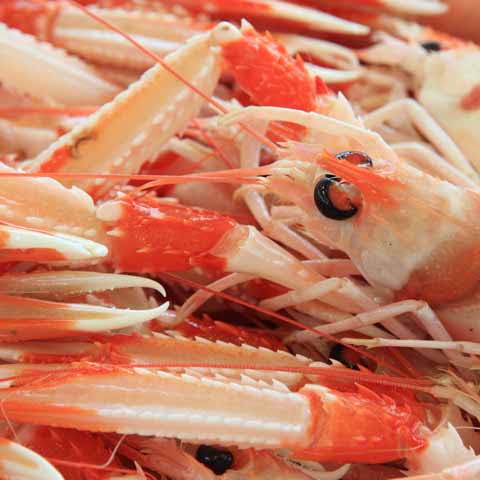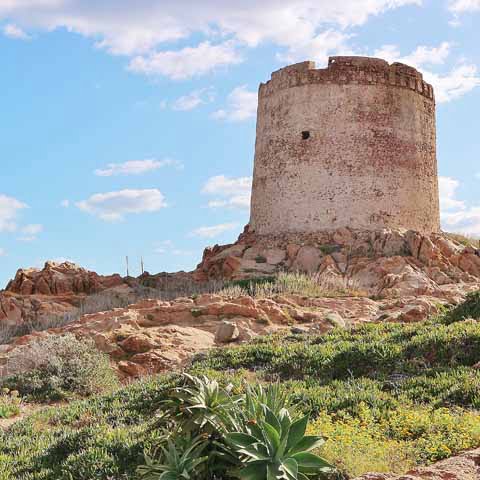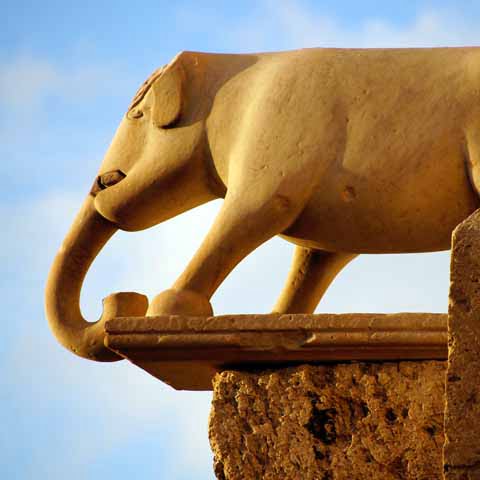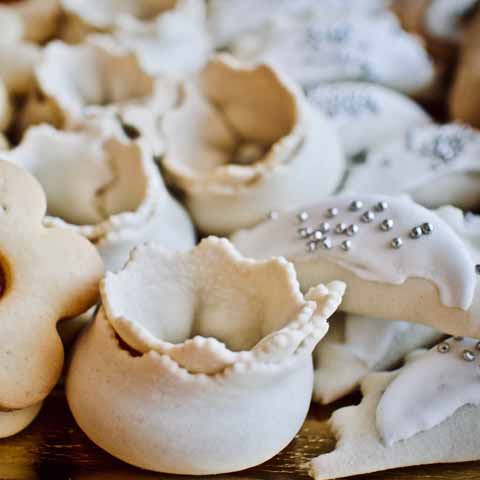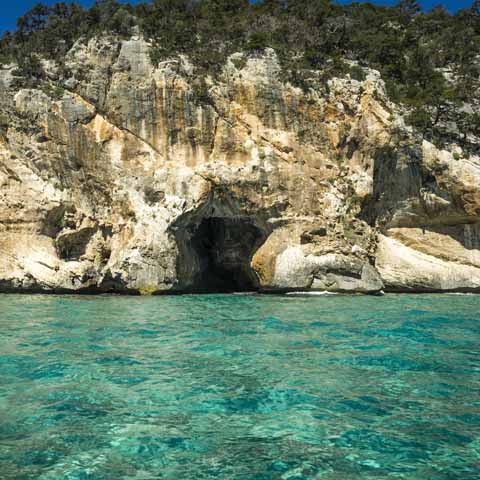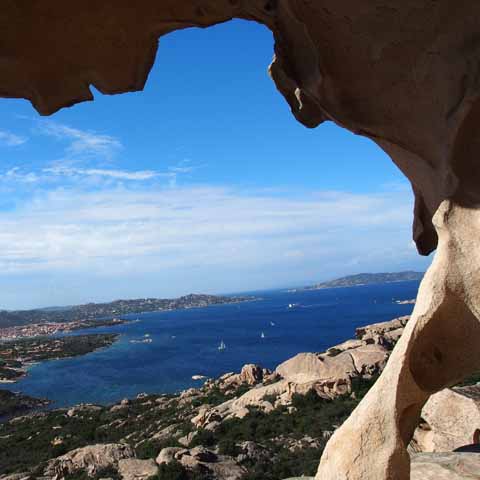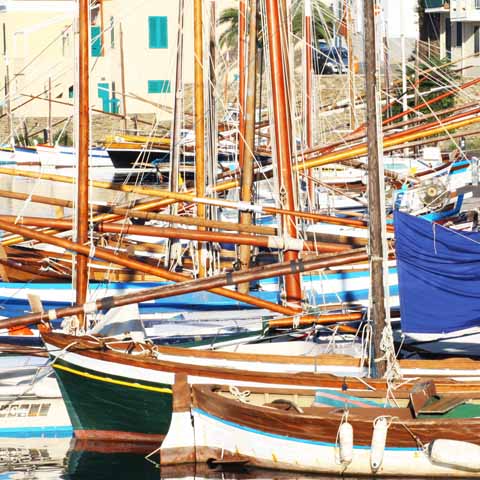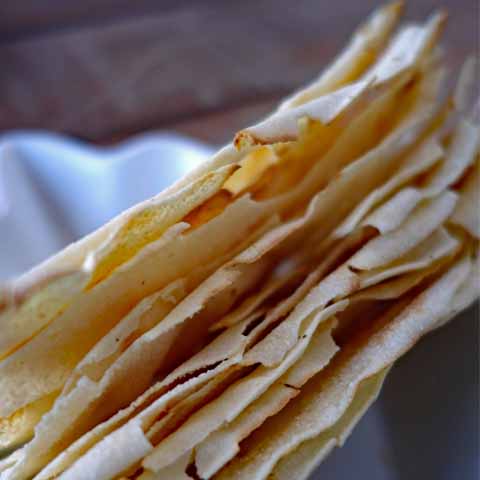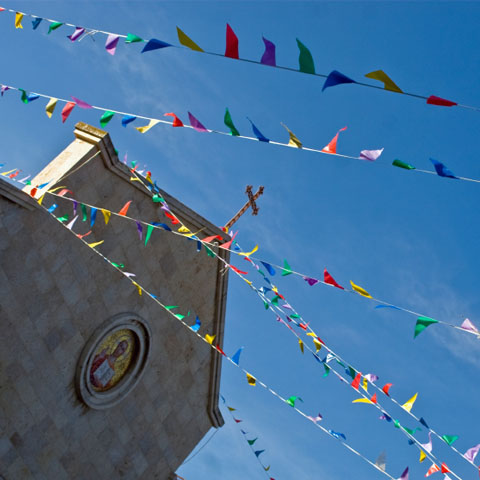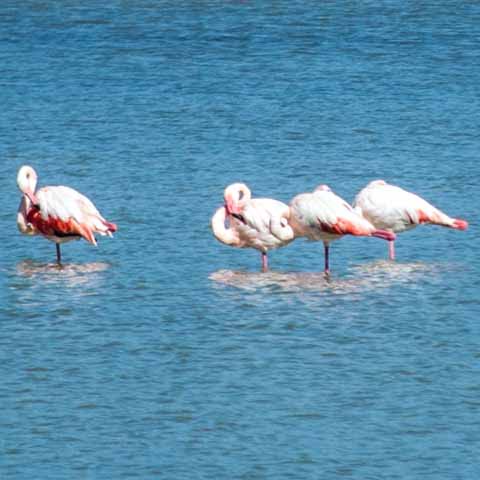Sardinia Travel Guide
Sardinia, a relatively unknown jewel in the crown of Italy, is an island paradise that is well worth a visit. Ask most people to find Sardinia on a map, and they will likely have trouble locating it. The mystery is part of the attraction for those in the know. Home to artists, writers, painters, and poets, they are all inspired by the simple lifestyle, the remarkable beauty of the area, and the fantastic food and wine.
Located in the middle of the Mediterranean Sea, Sardinia is the second largest island in the area. All who visit the island delight in quiet, warm white sandy beaches and emerald waters, transparent as a sparkling swimming pool. For the discerning, it is immediately apparent that there is something about the island that sets it apart from the mainland. The hospitality of the community is second to none, and the island boasts some of the highest longevity rates in the world.
The island is home to over 1.5 million people. The largest city is the capital Cagliari with 156,560 residents. The coastal town Alghero offers the most crystalline waters, sun-drenched streets, archways dating from medieval times and some of the most appealing seashores in the world. The the food in the area includes mouth-watering local recipes such as seafood risotto and piping hot pizza, making hunger a delightful sensation to look forward to. For the adventurous, there are grottos, caves, and rock formations that are truly spectacular.
Sardinia’s capital city Cagliari is a picturesque town located in the Golfo degli Angeli, the curved bay located in Sardinia’s southernmost shores. To the northeast of the capital is a half-circle of gently rolling terrain, dotted by small villages, olive groves, and rolling vineyards. For centuries, this location has been the source of bread, oil, and wine for the city.
Cagliari possesses a cosmopolitan feel with upscale shops and elegant dining on the Via Roma and Largo Carlo Felice. If shopping isn't your main focus, visit the Bastione Saint Remy. Enjoy soaring views of the city, and then make your way down into the Castello district, a labyrinth of ancient alleys where you can admire the formidable 13th-century Cagliari cathedral.
Geography and Climate
The coasts of Sardinia are by and large tall and rocky, generally expressed in promontories, with plenty of deep-blue bays and inlets encompassed by small islets featuring incredible beaches. It is overlooked by the Gennargentu Mountain Range.
Substantial beaches are found in the North and the South. The surrounding water is quite deep close to the beach.
Climate conditions are not consistent across the island. The East is generally dry, although it can experience heavy rainstorms. Sardinia as a whole enjoys a Mediterranean atmosphere and climate. The Western coastline sees more rain than the East. Summer is dry and fresh with warm weather. Autumn is generally moderate until mid-November. Winter is commonly mild on the plains, yet chillier at higher elevations. Spring is pleasant and mild. The island is subject to some gusty winds from September to April.
When in Sardinia
Sardinia is an island getaway that features something for just about everyone’s taste. If you are into romantic interludes, wine tasting, enjoying sampling the local cuisine, hiking and water activities, or just relaxing on the sand, you will find all this and more on Sardinia. As mentioned earlier, the white sandy beaches and crystal-clear water are among the finest in the world, but there are other things to occupy your time on this gorgeous Mediterranean isle.
Enjoy a fabulous excursion discovering the local wineries and sampling the fabulous wines they produce. The indigenous island grapes have been harvested since Nuraghic times and are distinctive in taste. These grapes possess a variety of character and subtlety. This is ideal land for vineyards, set against the backdrop of the Mediterranean Sea. In short, a wine lover’s dream.
Food lovers can avail themselves of regional offerings such as cheese, olives, cured meat, fresh pasta, the Sardinian piglet, homemade desserts, seasonal fruits, rich coffee, and the famous liqueur, Sardinian Mirto.
Pay a visit to the historical areas that are abundant and soak up the heritage and culture from ancient times. You can explore the many historical monuments, churches and other exciting locations, such as the Crypt of Santa Restituta and Sant Efisio, the Dome of Cagliari. The Pisan Walls and Towers were fortifications constructed by the Pisans who settled in Sardinia beginning in 1217.
Visit the ancient pre-Roman city, Nora. Explore ruins and excavations sites, and learn about the city’s history, which dates back to the Phoenicians. Nora is a significant archaeological discovery built by the Phoenicians approximately 2500 years ago, eventually becoming a Roman city. Some sites of interest are Tanit Hill a Phoenician temple, the Roman thermal baths, and the Roman Theater.
Sun and sand lovers can’t miss Cala Goloritze, a small spectacular beach situated south of Cala Biriola, in the Ogliastra province. At the bottom of a ravine, the shore is unreachable by vehicle or by boat, which means you have to approach on foot, thereby making it a perfect destination for those who enjoy hiking as well as the beach. The water features remarkable hues of azure and emerald and is astonishingly clear, which makes it an excellent spot for snorkeling. Cala Goloritze is among the best seashores on Sardinia, offering the very definition of an island paradise.
Travel Guides
The Sardinia Region of Italy
The Cities of Sardinia, Italy
